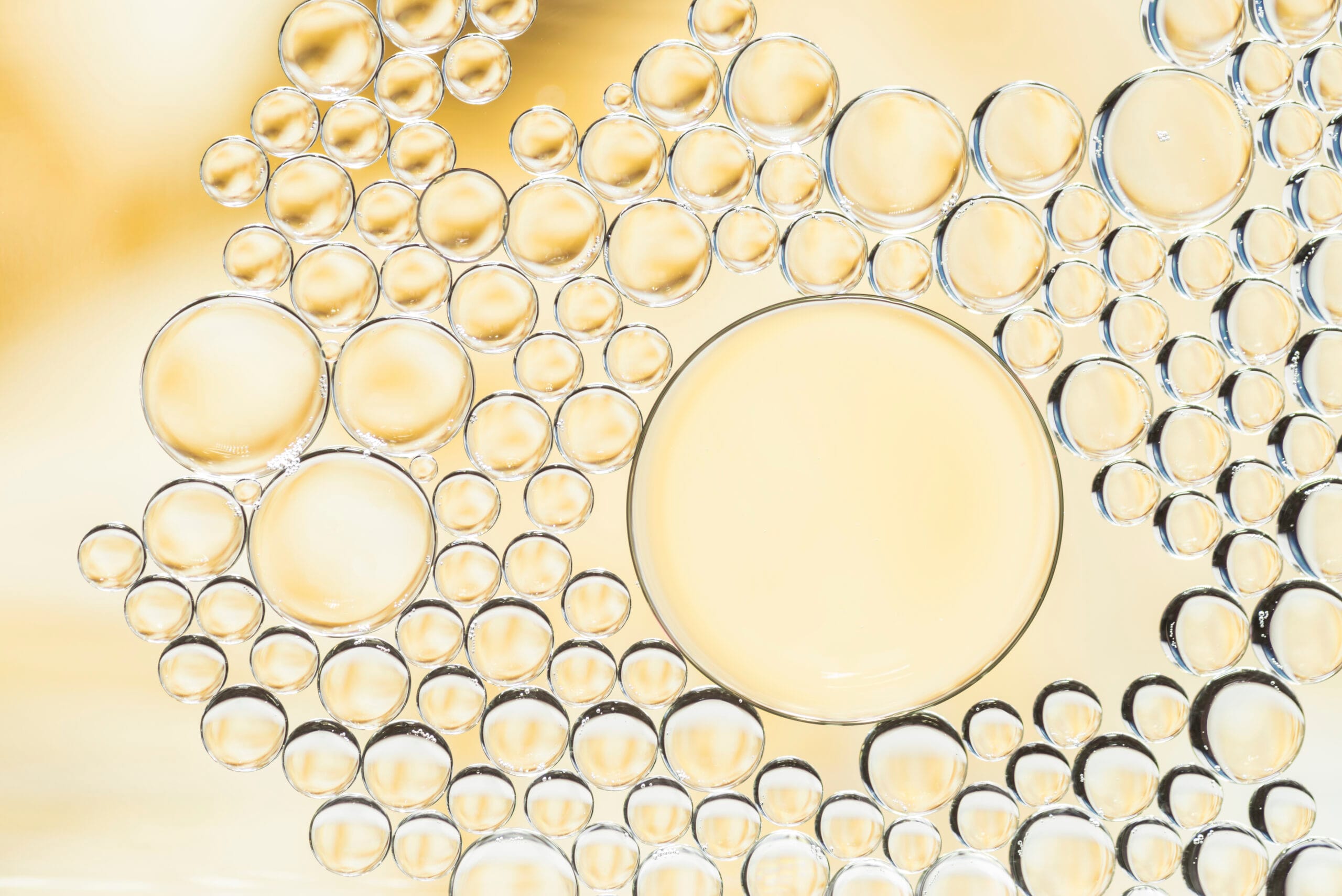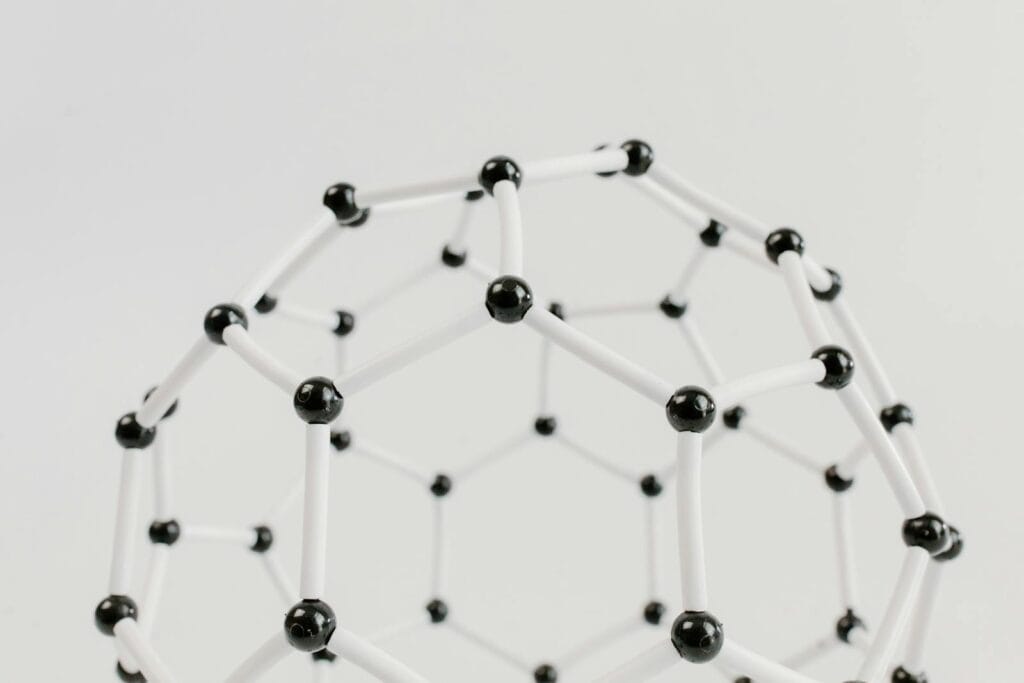
2 Powerful Nanoparticle Manufacturing Methods That Are Changing the World of Cosmetics

- The Vast Potential of Nanotechnology
- Types of Nanosystems in Cosmetics
- 2 Primary Methods of Nanoparticle Production
In today’s rapidly advancing world, nanotechnology has emerged as one of the most groundbreaking innovations, capable of transforming industries and redefining product performance. Its unique ability to manipulate matter at the nanoscale opens the door to possibilities once thought impossible. One sector that has begun to harness its immense potential is the cosmetics industry, where nanotechnology is paving the way for safer, more effective, and longer-lasting products.
The Vast Potential of Nanotechnology
The immense potential of nanotechnology enables its application across various fields, including pharmaceuticals, cosmetics, food, and electronics. In the field of cosmetics, nanotechnology opens opportunities for the development of new products with more stable, effective, and efficient formulations.
Due to their extremely small size, nanoparticles can carry active ingredients in cosmetic products through the skin layers more effectively than conventional particles, allowing the active ingredients to reach their target site in the skin more easily. In addition to enhancing active ingredient delivery, nanotechnology can also slow down the release of active compounds from formulations, providing a prolonged effect and reducing the need for frequent reapplication.
Types of Nanosystems in Cosmetics
The application of nanotechnology in cosmetics can be achieved through various types of nanosystems, such as nanoemulsions, liposomes, polymeric nanoparticles, and solid lipid nanoparticles (SLNs). Each of these nanosystems is composed of one or a combination of materials that can be categorized into four main groups: lipids, polymers, metals, and other materials. The effectiveness of nanotechnology-based delivery is further supported by research showing that liposomal nanoparticles have the highest deposition in the skin layers.
This means that a greater amount of active ingredients is retained in the skin compared to cosmetic formulations in the form of emulsions or solutions that are not encapsulated by nanoparticles. However, the delivery efficiency of liposomes is influenced by their particle size, with smaller liposomes being more effective in penetrating the skin layers than larger ones. Among them, liposomes with a size of approximately 70 nm have been found to be the most effective in skin penetration.
2 Primary Methods of Nanoparticle Production

In nanoparticle production, two primary methods can be utilized: the top-down and bottom-up approaches.
1. Top-Down Method
The top-down method involves breaking down large particles to the desired nanoscale size, often using mechanical or physical processes. This method is more suitable for large-scale production.
2. Bottom-Up Method
The bottom-up method, on the other hand, involves arranging small atoms or molecules into nanostructures through chemical or physical processes. The bottom-up method offers better control over the size and shape of nanoparticles, but is less economical.
The advent of nanotechnology in cosmetics has opened up new opportunities in the cosmetics industry, particularly in enhancing the penetration of active ingredients into the skin. By using various nanosystems, such as nanoemulsions, liposomes, polymeric nanoparticles, and solid lipid nanoparticles (SLNs), cosmetic formulations can become more stable, effective, and efficient. However, challenges related to long-term safety, regulation, and bioaccumulation still need to be addressed in the development of nanotechnology-based cosmetic products.
The presence of nanotechnology in the cosmetic industry undoubtedly opens new opportunities, particularly in enhancing the penetration of active ingredients into the skin layers. By utilizing various nanosystems such as nanoemulsions, liposomes, polymeric nanoparticles, and solid lipid nanoparticles (SLNs), cosmetic formulations can become more stable, effective, and efficient. Nonetheless, challenges related to long-term safety, regulations, and bioaccumulation must still be carefully considered in the development of nanotechnology-based cosmetic products.
Given the vast opportunities offered by nanotechnology, it's crucial for any cosmetic innovation to not only capitalize on its potential but also ensure its safety and effectiveness. Proper testing will help ensure products meet quality standards, are safe to use, and deliver the promised results. Conduct cosmetic testing before marketing to ensure nanotechnology innovation truly delivers a market advantage.
Author: Devira
Editor: Sabilla Reza
References:
Ghasemiyeh, P., & Mohammadi-Samani, S. (2020). Potential of nanoparticles as permeation enhancers and targeted delivery options for skin: Advantages and disadvantages. Drug Design, Development and Therapy, 14. https://doi.org/10.2147/DDDT.S264648.
Santos, A. C., Morais, F., Simões, A., Pereira, I., Sequeira, J. A. D., Pereira-Silva, M., Veiga, F., & Ribeiro, A. (2019). Nanotechnology for the development of new cosmetic formulations. In Expert Opinion on Drug Delivery (Vol. 16, Issue 4). https://doi.org/10.1080/17425247.2019.1585426.



